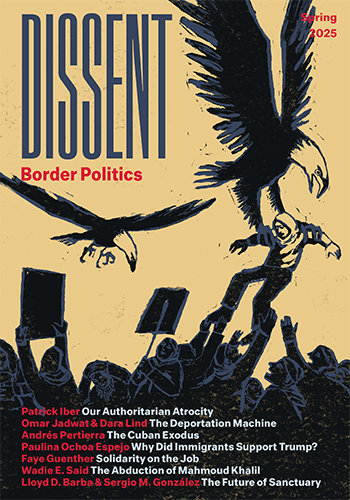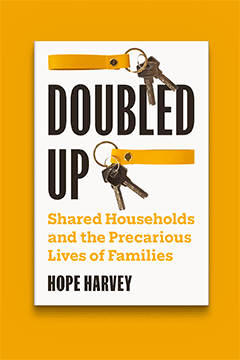If the left hopes to remain vital, it needs to attract young people. To do this, it must take stock of the political and cultural experiences of the younger generation. Today, that means the world of what has been called …
At the close of the century, many people believe that liberalism or neoconservatism has emerged triumphant. The evidence for this view is considerable. During the past two decades, in many of the developed democracies the state has been in retreat …
Last summer, J. Brian Atwood, the head of the U.S. Agency for International Development (AID), the government agency responsible for foreign aid, announced he was stepping down. Freed from the Clinton administration’s Panglossian view of the world, he delivered a …
This year The Second Sex turns fifty. Now deep into my own middle age, I reread the book in the wake of thirty years of thought and feeling much influenced by its steady presence among us and I find, turning …
The fall of communism and the collapse of the Soviet bloc initiated a sweeping transformation of world politics. How should we think about these momentous events and their implicatons a decade later? Dissent asked a group of European and American …
President Clinton wants to use federal budget surpluses to “save Social Security first.” It’s politically inspired gobbledygook. Informed Americans now understand that Social Security is “pay as you go,” but most take this to mean that current payroll taxes provide …
James B. Rule invites the left to think carefully about foreign policy, and in particular about the use of military force by the United States (“On Evils Abroad and America’s New World Order,” Dissent, Summer 1999). We should accept Rule’s …
In 1990 I spoke at a Chicago teach-in about the possibility that something genuinely new and emancipatory might emerge from the wreck of Soviet communism. I explained that the democratic deficits and economic failures of that social system in no …
Zig Zag: The Politics of Culture and Vice Versa by Hans Magnus Enzensberger, translated by Linda Haverty Rugg, et al. The New Press, 1998, 342 pp., $25 Here is a cherished anecdote told every now and then at Wesleyan University, …
My friend and colleague Ian Roxborough draws from a fund of expertise in military matters rare among our Dissent circle. He properly points out some unanswered questions in my exposition; let me try to return the compliment. Two kinds of …
How does the miraculous year 1989 look ten years later? We asked a number of friends to respond to some questions about the fall of communism and the standing, afterward, of the democratic left. The responses are a characteristically Dissentish …
The Last Innocent Year: America in 1964: The Beginning of the “Sixties” by Jon Margolis William Morrow & Company, 1999, 401 pp., $25 I have been thinking a lot, lately, about what it is history professors do, what journalists who …
In the post 1989 world, intellectuals and activists are suffering from an ongoing case of surprise. No one, for example—East or West—expected the wars that came seething out of Yugoslavia. With each day’s newspaper, pundits rush to reverse themselves. (“NATO …
Collective memory goes up for grabs wherever people suffer from dispossession and feel the call of pride. Memories are not born but made, remade, not natural but “constructed,” and like the memorials constructed to overcome memory, they are—and of necessity …
In the summer of 1989, when Slobodan Milosevic withdrew Kosovo’s political autonomy, I was across Yugoslavia on an achingly beautiful Dalmatian island, in search of a Herald Tribune. Let me explain. Ten years ago, a trip to the island of …






